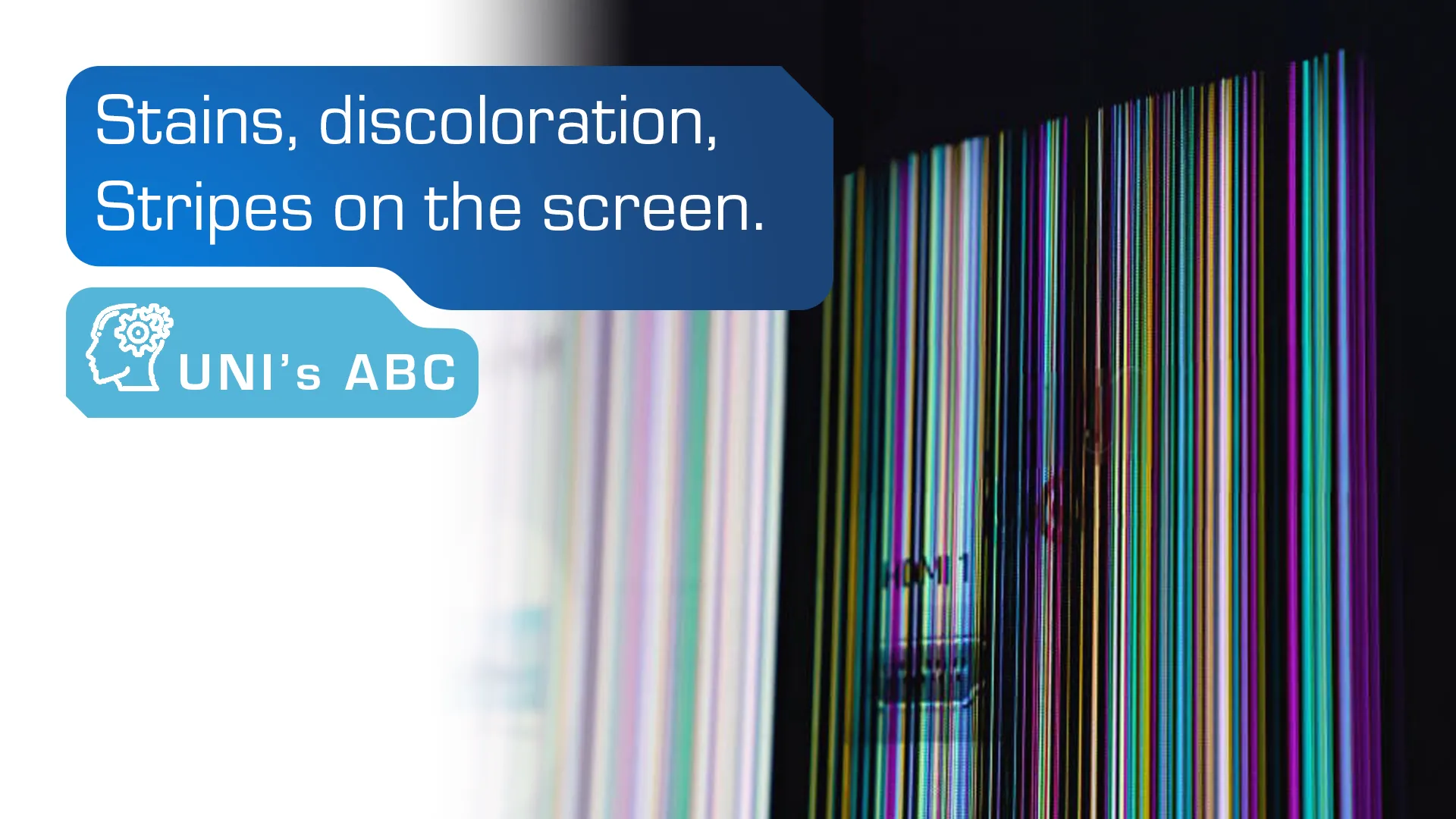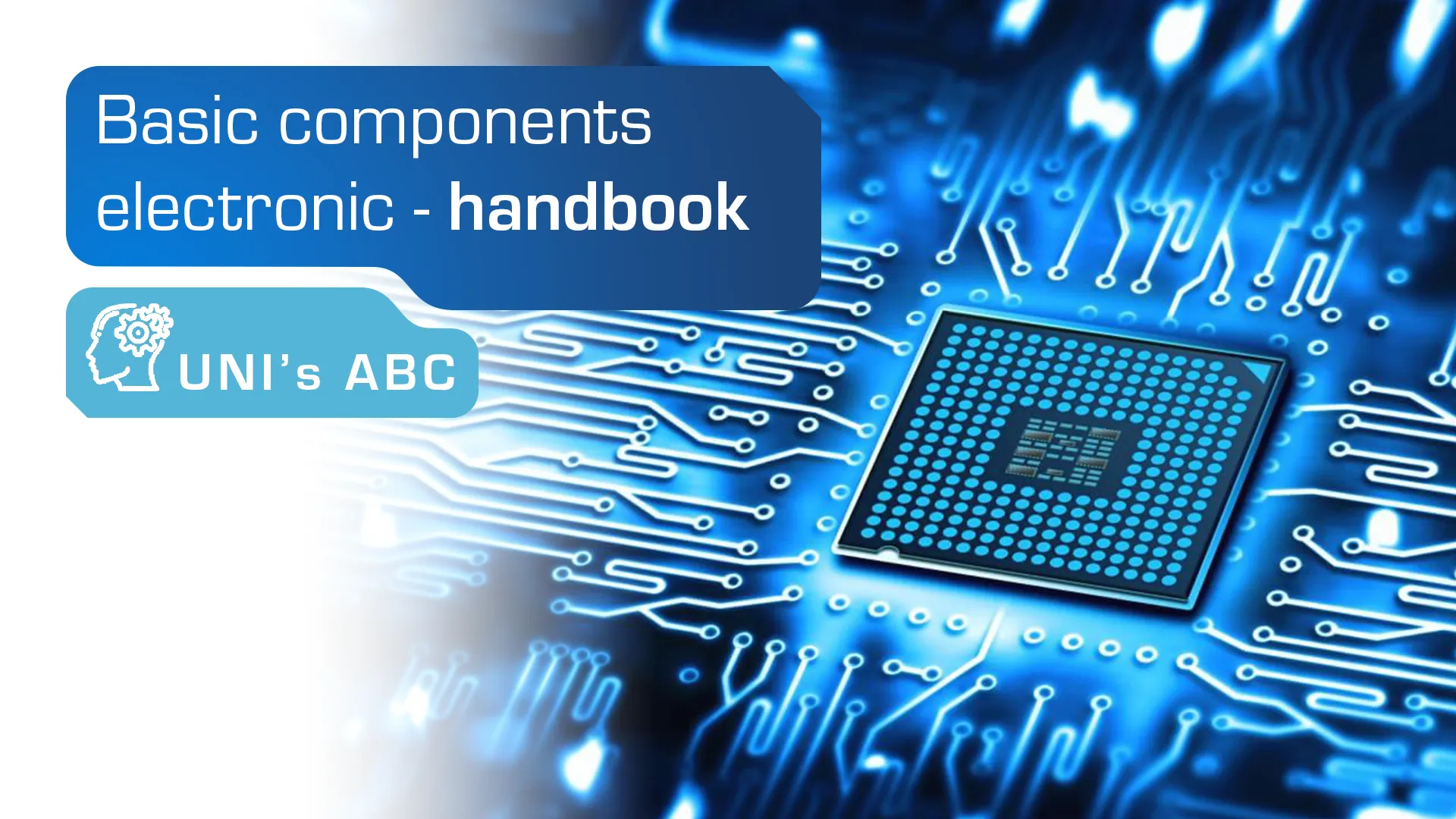
Electromagnetic compatibility – EMC testing
Your new product. Advanced equipment dedicated to the military, medical, transportation industries or simply intended for the consumer market. The project worked out in the smallest details for several months or even years. Dozens if not hundreds of hours of work by engineers and other specialists. When seemingly everything is ready for the launch of a novelty on the European market, the important issue of electromagnetic compatibility (EMC) testing arises. It turns out that in order to legally sell and use the device in the European Union, it must meet certain standards. Failure to assess EMC compliance can even have financial or legal consequences in some cases. What now?
Table of Contents
The number of electronic devices in our environment is constantly growing – both specialized ones and those intended for everyday use at home. They all interact with each other by emitting and receiving electromagnetic waves, depending on whether and how they are connected to each other or the distance separating them. This means that devices can either undesirably affect the operation of others or themselves be disturbed by the emission of EM waves by machines in their vicinity.
What is electromagnetic compatibility?
Electromagnetic compatibility (EMC) is the ability of an electrical or electronic device to function properly in an electromagnetic environment without causing electromagnetic interference to other devices. The electronic device must be immune to disturbances emitted by other machines.
The equipment in question should not simultaneously interfere with other equipment operating in the same environment. Electromagnetic compatibility testing allows verification of the compliance of electronic products with the applicable requirements of the EMC Directive (EU Directive 2014/30/EU) – thus guaranteeing not only their proper functioning in a given electromagnetic environment, but also the safety of use.

Why is electromagnetic compatibility important?
Electromagnetic compatibility is a very complex and multifaceted issue – it should be taken into account at the very first stages of a project, since electronic devices emit electromagnetic waves that can interfere with other devices. Lack of electromagnetic compatibility can lead to interference, malfunctions or even damage to equipment. Therefore, compliance with EMC standards is necessary to ensure the reliability and safety of electronic devices.
In our daily work at Unisystem, we face many challenges in not only evaluating electromagnetic compatibility, but also safety, quality and usability of the final product. Bringing a device into compliance with applicable standards begins at the first stages of its design. Our engineering staff works closely with Project Managers and the clients themselves – professional dialogue and joint work on specifications from the beginning of the project allow us to quickly learn about possible risks and reduce possible delays and costs. Taking EMC testing into account early enough avoids the need to redesign the final device, reassemble and repeat laboratory tests.
What is the electromagnetic environment?
The electromagnetic environment can be generated artificially or naturally, intentionally or unintentionally. By nature, they are produced by the globe, atmospheric discharges, celestial bodies and even man. Artificial sources of electromagnetic fields are closely related to electricity – the processes of its generation, transmission and direct use by devices. Wireless communications and TV and radio transmissions also generate EM fields, but create them intentionally. All this makes it necessary for the manufacturer of a given device to determine as early as possible how the device is to behave in a particular electromagnetic environment – both when it emits disturbances itself and when it operates under the influence of disturbances from other sources.
Factors that can affect the operation of equipment can be, for example, momentary voltage spikes in the device’s wires, static electricity discharges, or power outages or fluctuations in the outlet. Radio and TV transmitters, Wi-Fi routers and other broadcasting equipment also emit electromagnetic interference. The operations of other machines can also be affected by gate remotes, mobile devices, medical and scientific instruments, GPS modules and intelligent transportation systems, and even fluorescent lamps.
Why is electromagnetic compatibility important?
Electromagnetic compatibility is a very complex and multifaceted issue – it should be taken into account at the very first stages of a project, since electronic devices emit electromagnetic waves that can interfere with other devices. Lack of electromagnetic compatibility can lead to interference, malfunctions or even damage to equipment. Therefore, compliance with EMC standards is necessary to ensure the reliability and safety of electronic devices.
In our daily work at Unisystem, we face many challenges in not only evaluating electromagnetic compatibility, but also safety, quality and usability of the final product. Bringing a device into compliance with applicable standards begins at the first stages of its design. Our engineering staff works closely with Project Managers and the clients themselves – professional dialogue and joint work on specifications from the beginning of the project allow us to quickly learn about possible risks and reduce possible delays and costs. Taking EMC testing into account early enough avoids the need to redesign the final device, reassemble and repeat laboratory tests.
What is the electromagnetic environment?
The electromagnetic environment can be generated artificially or naturally, intentionally or unintentionally. By nature, they are produced by the globe, atmospheric discharges, celestial bodies and even man. Artificial sources of electromagnetic fields are closely related to electricity – the processes of its generation, transmission and direct use by devices. Wireless communications and TV and radio transmissions also generate EM fields, but create them intentionally. All this makes it necessary for the manufacturer of a given device to determine as early as possible how the device is to behave in a particular electromagnetic environment – both when it emits disturbances itself and when it operates under the influence of disturbances from other sources.
Factors that can affect the operation of equipment can be, for example, momentary voltage spikes in the device’s wires, static electricity discharges, or power outages or fluctuations in the outlet. Radio and TV transmitters, Wi-Fi routers and other broadcasting equipment also emit electromagnetic interference. The operations of other machines can also be affected by gate remotes, mobile devices, medical and scientific instruments, GPS modules and intelligent transportation systems, and even fluorescent lamps.
What is the EMC directive and for what purpose was it created?
The EMC EMC Directive (2014/30/EU) was introduced to harmonize EMC regulations in European Union countries. The main objective of the directive is to ensure the free movement of products within the EU internal market while guaranteeing an adequate level of protection against electromagnetic interference.
The aforementioned EMC Directive (2014/30/EU) defines the obligations of the manufacturer of electrical, electronic and lighting equipment that it should fulfill before placing its product on the market. Not only is it important to comply with Directive 2014/30/EU and the standards harmonized with it, but also properly prepared technical documentation and the need to affix the CE marking to the device. The mark signifies the product’s compliance with the quality and safety standards stipulated for it in the European Union regulations that apply to it.
How does the electromagnetic compatibility test proceed?
EMC testing consists of two stages: testing the device’s immunity to external inter ference, andemissivity testing, which is the measurement of interference emitted by the device. EMC testing checks for immunity to conducted and radiated interference, resistance to electrostatic discharge, power outages and other phenomena that can occur in the electromagnetic environment.
Electromagnetic compatibility is crucial to the proper functioning of electronic devices. That’s why EMC testing is so important to verify that a device meets EMC requirements. Electromagnetic compatibility testing usually consists of two stages – testing for immunity to external interference and testing for interference emissions emitted by the device.
In order to place an electronic device on the European Union market, it must pass an EMC test and receive positive EMC test results confirming compliance with the EMC directive. Poland has a law on electromagnetic compatibility, which implements the provisions of the EU EMC Directive.
Conducting an EMC test requires a proper EMC test design, i.e. planning the details of the test – what tests to perform, what interference levels to apply, what device parameters to monitor. The EMC test design process should take into account the specifics and purpose of the device under test. A well-designed EMC test allows you to reliably assess the electromagnetic compatibility of a device and confirm its compliance.
How to interpret the results of the compatibility test?
EMC test results are compared with the limit values specified in relevant standards (e.g., EN 61000). If the measured values are within the acceptable ranges, it means that the device meets EMC requirements. Exceeding acceptable levels indicates a lack of compatibility and the need to improve the device.
Solving problems encountered, among others. During testing of the device’s resistance to electrostatic discharge (PN-EN 61000-4-2) requires adequate knowledge and experience.The TFT display tested by our engineers hung during the tests– the graphic controller spontaneously reset itself for initially unknown reasons. The result was that the device continued to operate without a GUI, only restarting it restored normal operation. Initially, they looked for vulnerabilities in the software, but managed to pinpoint the measurement point where the discharge caused the equipment to stop working – this was the edge near the FFC strip of the capacitive panel.

Various solutions have been proposed for subsequent trials, including the use of a shielded variant of FFC tape. This was effective, but generated complications in the form of increased project costs. They began to look for alternatives – the answer came when they found the source of discharge penetration, the air gap between the protective glass and the display housing. In the end, it was decided to provide insulation in the form of sealing the cavity with acrylic tape. This resulted in no further shielding, the device was made immune to airborne discharges, and project expenses decreased significantly.
Read also: Methods of securing displays
What conditions must EMC-compliant equipment meet?
In order for a device to meet EMC requirements, it must be immune to interference that occurs in a typical electromagnetic environment and, at the same time, must not emit interference that interferes with the operation of other devices. In addition, the device should be designed and constructed in accordance with good EMC practices regarding shielding, filtering, grounding, component selection, etc.
Is the EMC study expensive?
The cost of an EMC test depends on many factors, such as the complexity of the device and the required scope of testing. In the case of EMC, the test is necessary for the introduction of the product into the EU market. The cost of EMC testing depends on a number of factors, including the complexity and size of the device to be tested, the scope of the tests required, and the laboratory performing the tests.
For simple devices, the cost can be several thousand zlotys. More complex projects can cost up to tens of thousands of zlotys. However, EMC testing is necessary to ensure that the device complies with regulations and enters the EU market.
Summary
One of the more interesting solutions tested for EMC is theRVT101HVLNWC00-Bdisplay from Riverdi (1280x800p, 1000:1, 850cd/m2, temp. Operation (°C): -20~70) designed for industrial applications. Due to its EMC compliance and high resolution, resistance to external factors and increased brightness, it will be great for HMI control panels for medical and military applications.Thefull EMI test report is available on Riverdi’s website.
Thoughtful EMC testing is one factor in designing products safely, quickly, efficiently and without unplanned disruptions. Nowadays, almost all electrical or electronic devices should feature a level of immunity to electromagnetic interference as expected in their intended application. Without compliance, equipment can malfunction or even fail – potentially jeopardizing not only the project itself, but also the reputation of its principal.
Our priorities are not only electromagnetic compatibility, but also cost optimization and an emphasis on functionality and design. Choosing dedicated, expert-recommended solutions, you gain confidence that the product will obtain the appropriate certification – repeating EMC tests will thus not be necessary, which will accelerate the launch of the product on the market.
Unisystem is a team of specialists, approaching each client individually. We strive to ensure that every project we are involved in is of the highest possible quality. Contact us , for support in the implementation of your project.
2023-09-08
Recent Knowledge

Internet of things, what it is and examples of industrial applications
The Internet of Things (IoT) is one of the most promising and rapidly developing technologies of recent years. Its application in business brings great opportunities to optimize processes, reduce costs […]

Stains, discoloration, stripes on the screen – how to identify and repair defects in industrial displays?
The dark spot on the iPhone screen, the black spot on the TV, the colored spots on the phone screen, the yellow spot on the display … Problems with screens […]

Basic electronic components in industry – a guide for beginners
Electronics has played an extremely important role in all branches of modern industry for many years. It allows automation of production processes, precise control of machines and equipment, collection and […]

Optoelectronics – basic information and example applications
Optoelectronics is the branch of electronics that deals with the conversion of electricity into light and light into electricity using semiconductor materials called semiconductors. Semiconductors are crystalline solid materials with […]



